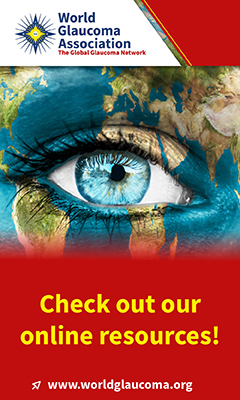advertisement

Abstract #112479 Published in IGR 24-3
Estrogen dysregulation, intraocular pressure, and glaucoma risk
Youngblood H; Schoenlein PV; Pasquale LR; Stamer WD; Liu YExperimental Eye Research 2023; 237: 109725
Characterized by optic nerve atrophy due to retinal ganglion cell (RGC) death, glaucoma is the leading cause of irreversible blindness worldwide. Of the major risk factors for glaucoma (age, ocular hypertension, and genetics), only elevated intraocular pressure (IOP) is modifiable, which is largely regulated by aqueous humor outflow through the trabecular meshwork. Glucocorticoids such as dexamethasone have long been known to elevate IOP and lead to glaucoma. However, several recent studies have reported that steroid hormone estrogen levels inversely correlate with glaucoma risk, and that variants in estrogen signaling genes have been associated with glaucoma. As a result, estrogen dysregulation may contribute to glaucoma pathogenesis, and estrogen signaling may protect against glaucoma. The mechanism for estrogen-related protection against glaucoma is not completely understood but likely involves both regulation of IOP homeostasis and neuroprotection of RGCs. Based upon its known activities, estrogen signaling may promote IOP homeostasis by affecting extracellular matrix turnover, focal adhesion assembly, actin stress fiber formation, mechanosensation, and nitric oxide production. In addition, estrogen receptors in the RGCs may mediate neuroprotective functions. As a result, the estrogen signaling pathway may offer a therapeutic target for both IOP control and neuroprotection. This review examines the evidence for a relationship between estrogen and IOP and explores the possible mechanisms by which estrogen maintains IOP homeostasis.
Department of Cellular Biology and Anatomy, Augusta University, Augusta, GA, USA.
Full article
